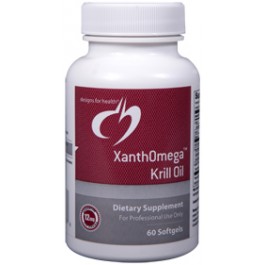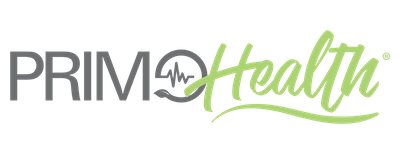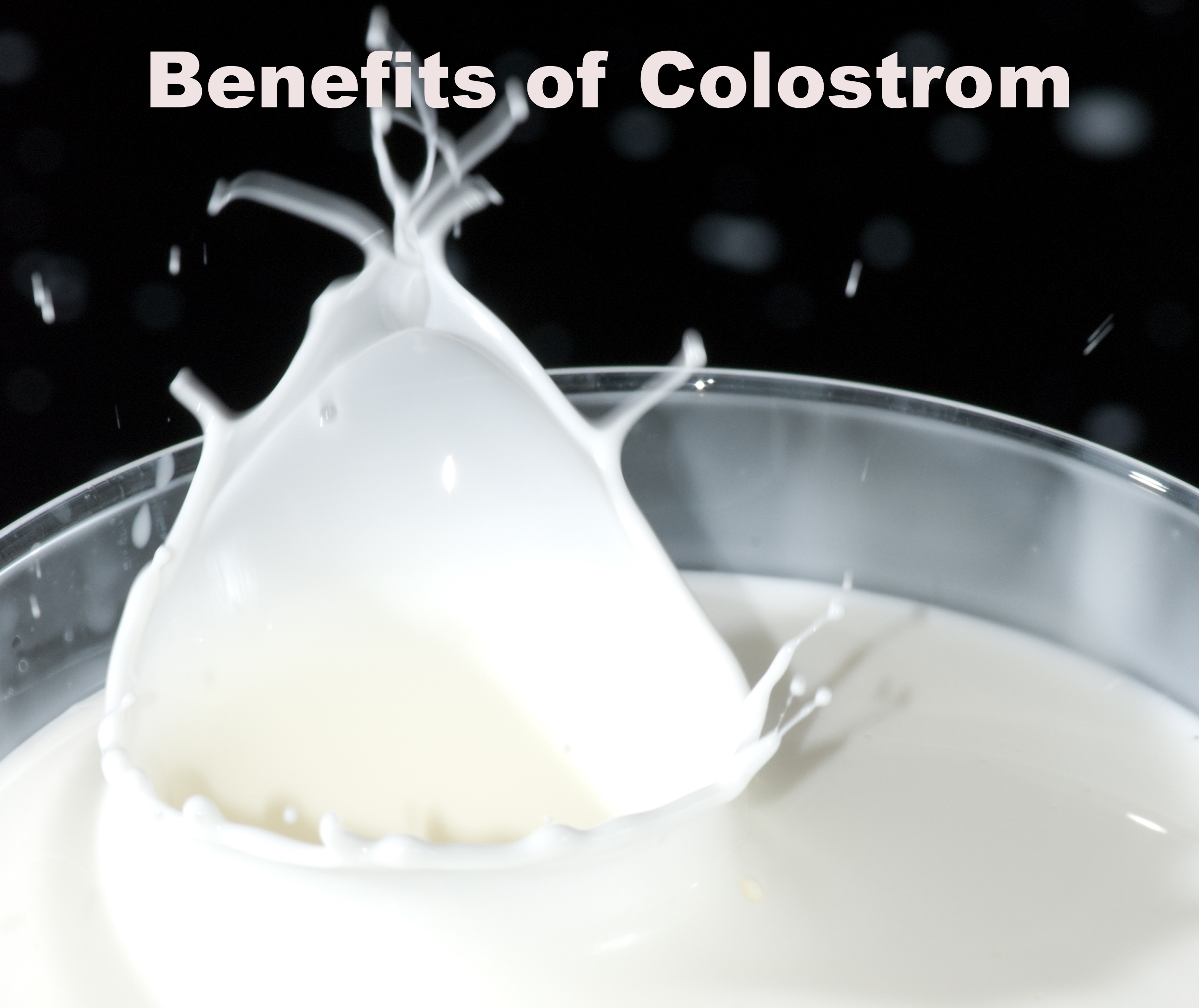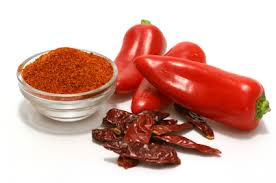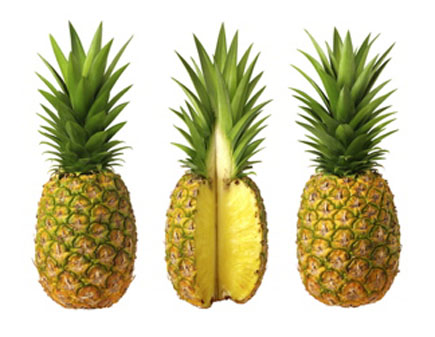Colostrum
By Gene Bruno, MS, MHS – Dean of Academics, Huntington College of Health Sciences
Colostrum is the first milk that a mammal produces after pregnancy. This secretion of colostrum does not last for long; rather, it is created for the newborn to give it vital nutrients, antibodies, and other factors it needs right after birth. Therefore, after a few short days, the production of colostrum all but stops.1
So what makes colostrum special for adult individuals? In fact, through hundreds of years of use and over 1,000 clinical studies, colostrum has been demonstrated to be safe and effective for a variety of clinical conditions. These include viral illnesses, allergies and autoimmune diseases, heart disease, cancer, weight-loss programs, athletic stress, leaky gut syndrome, wound healing, and muscle repair and growth.2 In short, the most important components of colostrum can basically be broken down into two major categories: immunity modulator and growth factors.
